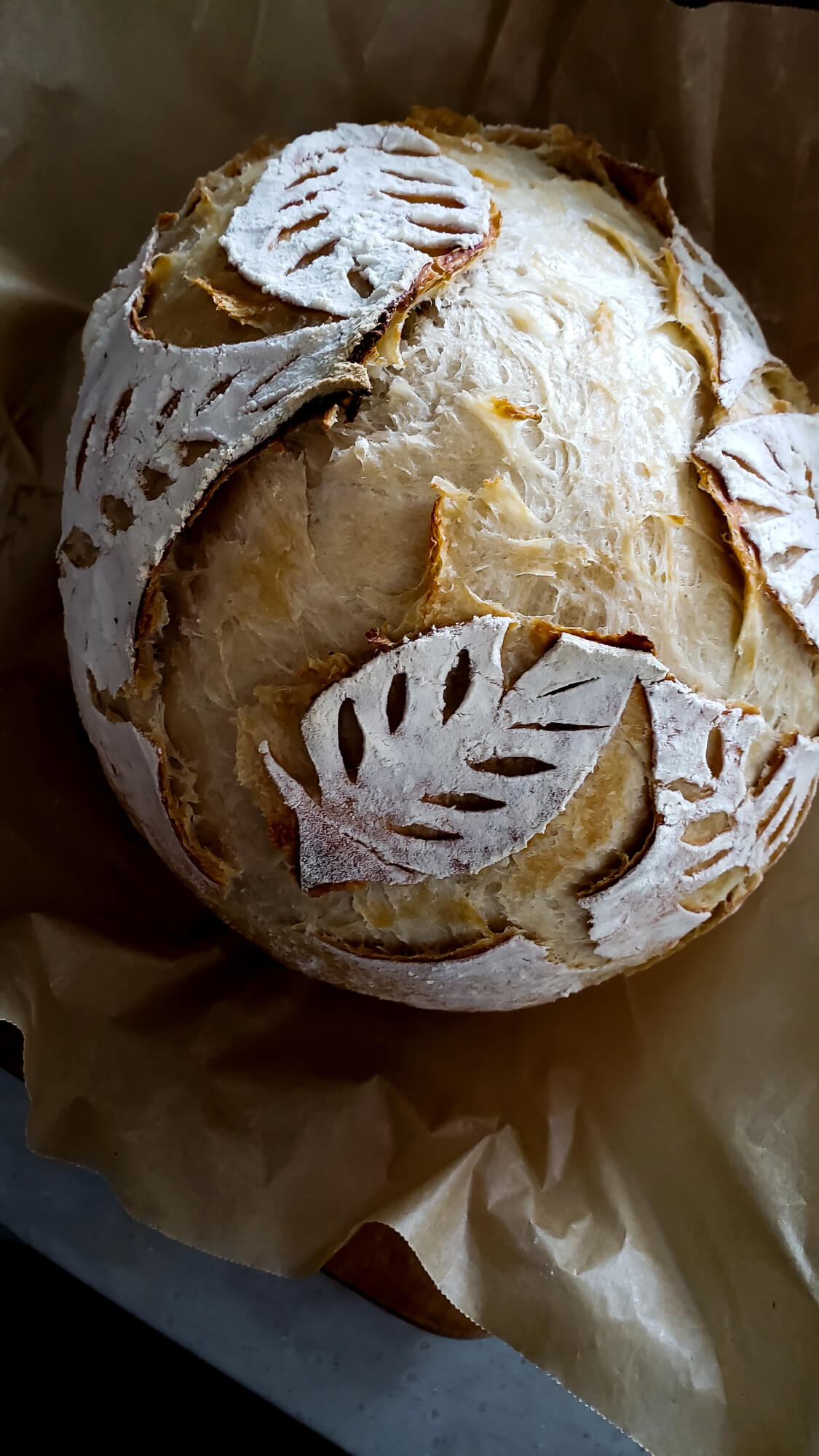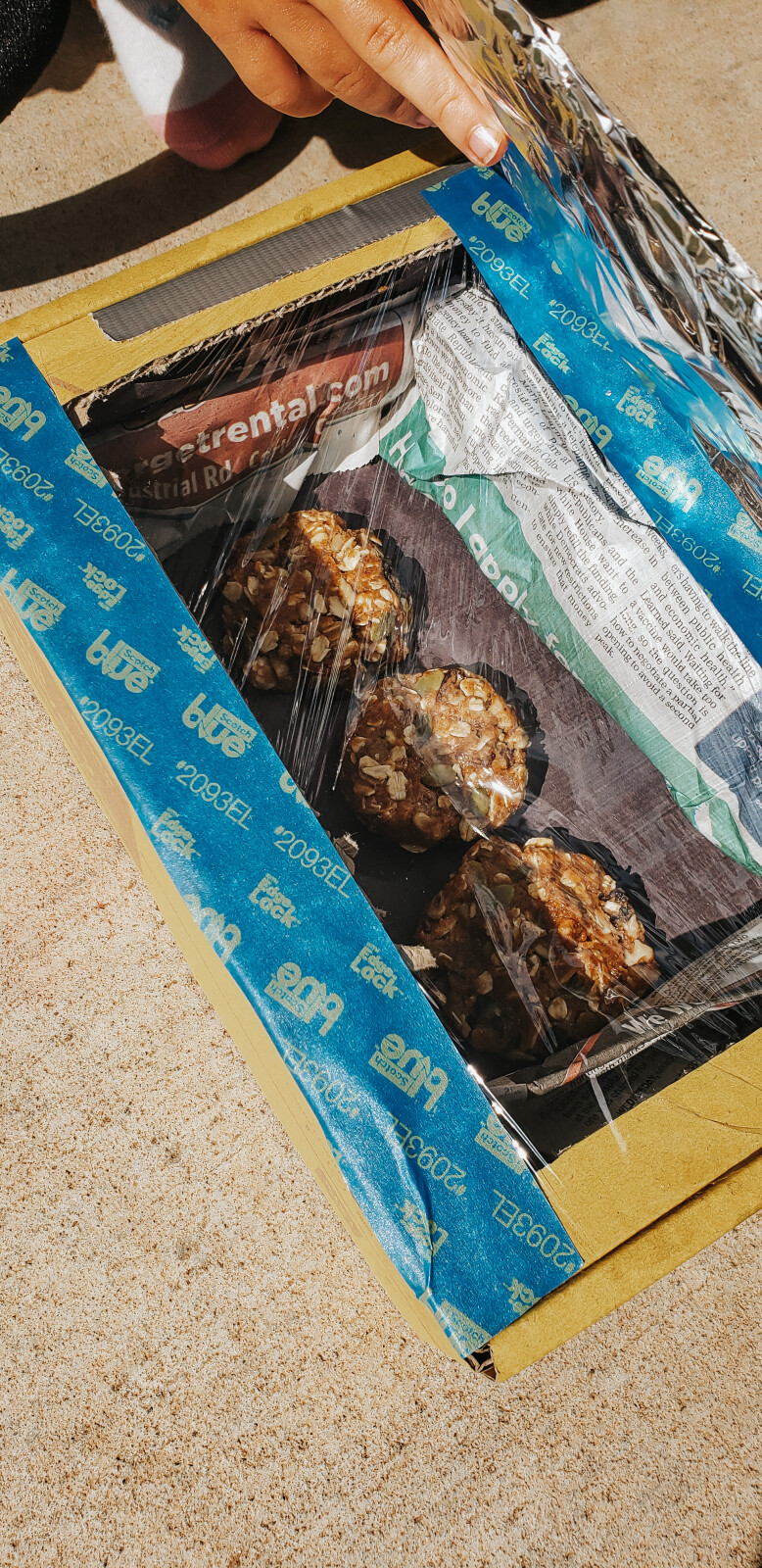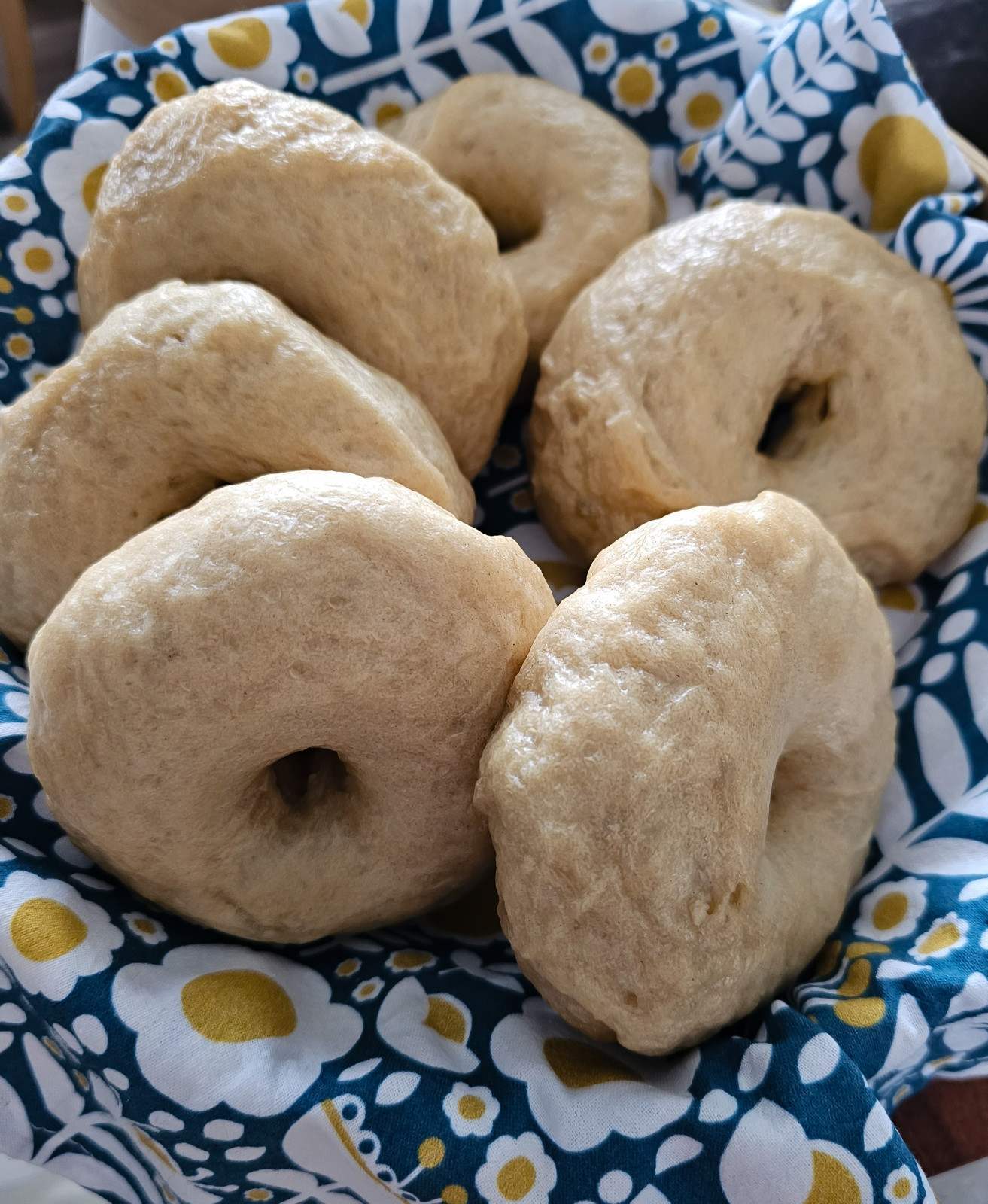
Have you jumped into the sourdough world? If so, you might feel a bit overwhelmed, a little frustrated and maybe even ready to throw in the towel. Perhaps you're wondering why there is so much discard and thinking there must be a better way.
I have been through all the above and even stopped making sourdough for a year while we were on the road, but I always come back to it, because I really do love the process. There is nothing like homemade sourdough bread, tortillas, pizza crust, muffins, crackers, cookies....
With that said, let me encourage you by sharing a few things I have learned along the way. Like everything, I'm still learning, but hopefully sharing these few tips will help you along the way.
Starter-The active flour and water you are feeding in order to make something yummy
Discard-Starter that hasn't been fed in 24 hours. Part of the starter you remove so you aren't feeding a massive starter.
Tips
1. Stop overfeeding the starter. There are times when I am feeding less than a tsp of starter. I do equal amounts starter, water flour when I do daily feeds. When you keep your feeds small you can then slowly build up enough starter to use in a discard recipe or to make something simple like the bagel recipe I shared previously. So often we get pulled into feeding our starter way too much and then every single day, you'll have a ton of discard (unless you want to feed a huge starter because remember it's equal parts starter, water and flour to keep a starter "alive") and won't know what to do with it, until you get into a rhythm and start using it in everything.
To put it simply, the tiny amount of starter on the side of a jar, is plenty to feed. In a few days that tiny amount will be enough for most recipes.
2. Sometimes I don't feed my starter daily. I often skip a day and then I just remember that it may take 2 days of feeding for the starter to be ready to bake with.
3. I do not like keeping my starter in the fridge....I forget it and it takes longer to revive it. I keep mine in the warmest spot in my house-above my oven on a shelf. It's happiest there. When I want to take a break from sourdough, I'll spread a thin layer of very active/peaked starter on parchment and dry it out. When I'm ready I'll grind up the dried starter and begin feeding it until it comes to life again.
4. Use the best flour you can! I promise this will change everything. When I started milling/blending my own wheat berries, my baked goods changed so much! Plus flour becomes less nutrient dense over time. Ideally you go the organic route as conventional crops are heavily sprayed with things we really don't want in our bodies. With that said, making homemade bread with whatever flour you can afford, is better than store bought.
5. Don't follow the recipe...Alright this is a tricky one, but you need to know your starter-
How long does it take to rise and I'm not talking about 5 hours after it has risen, I'm talking about knowing how long it takes your starter to almost double.
Know what soft kneaded dough feels like. So often dough is over kneaded due to following the recipe. I usually knead my dough for a couple minutes max and that is by hand.
Finally, make note of how your starter changes with the weather and seasons.
6. Do get a scale, bread knife and a Dutch oven of some sort. You don't need a fancy banneton to proof in, I have used a bowl with a floured tea towel and plate over it for proofing. Once you dive into the sourdough world you'll find that lots of people are sharing all the tools you need to have....Yes, some of them make things a bit easier, but I always remind myself that sourdough has been made for many, many years, in covered wagons on the trail without all the fancy tools we have now. Hands have always been the best tool along with a cast iron and open flame!
7. You need to score your dough, but you don't need a fancy tool. You can simple use a very sharp knife or a a new box cutter razor. I finally gave in a bought lame, it doesn't do a better job, but I do like having a tool specifically for scoring.
8. Non chlorintaed water does seem to make a difference when it comes to baking. Not sure if this is just my experience or...If you don't have a chlorine filter you can just leave water out in a glass container for 24 hours. Need a quicker method-boil water on the stove for 20 minutes, let cool then use.
9.Take a break. Sometimes stepping back from the whole sourdough process will make you excited to jump back in.
10. Dont toss out a bad loaf! Turn it into breadcrumbs or bread pudding!
I hope these tips help and please remember, I'm happy to share starter if you're local and I'm happy to send dried starter if you're not.
I hope this finds you well and maybe enjoying spring weather?!? We finally have snow, ha, Colorado...Definitely always playing games with the weather. We are enjoying mud, rain, snow and have also appreciated some very sunny days. We even spent time in Moab enjoying all it has to offer.
I'm always happy to hear from you, so please feel free to email me or comment below.
Don't forget to feed your starter and then head outside to soak up some sunshine!
Joey













0 Comments